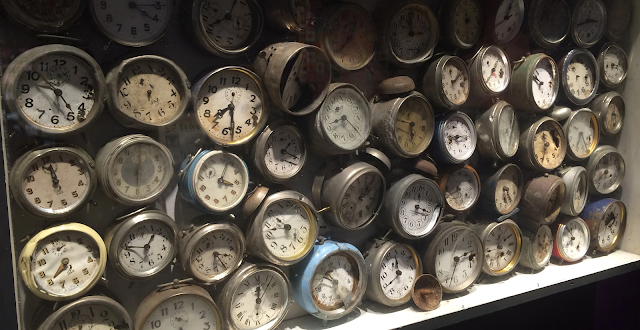Shared digits
NAME
a(n) and a(n+1) have k distinct digits in common. The successive ks are the successive digits of the sequence itself.
DATA
1, 10, 12, 3, 13, 103, 130, 124, 142, 2, 104, 140, 123, 132, 4, 14, 1024, 1042, 1356, 1365, 15, 51, 5, 1023, 1032, 1456, 1465, 7, 17, 107, 170, 125, 152, 1026, 1062, 1345, 1354, 16, 20, 1025, 1052, 18, 2034, 2043, 23, 102, 10234, 102345, 102354, 167, 102367, 102376, ...
COMMENTS
All terms are distinct and composed by distinct digits. This is the lexicographically earliest sequence with those properties.
EXAMPLE
a(1) = 1 and a(2) = 10 share exactly 1 digit;
a(2) = 10 and a(3) = 12 share exactly 1 digit;
a(3) = 12 and a(4) = 3 share 0 digit;
a(4) = 3 and a(5) = 13 share exactly 1 digit;
a(5) = 13 and a(6) = 103 share exactly 2 digits, etc.
We see that the successive numbers of shared digits are the successive digits of the sequence itself (the successive shared digits 1, 1, 0, 1, 2 are the successive digits of the integers that start the sequence: 1, 10, 12).
XREF
The upper row (with the commas) is the sequence; under each comma is k, the number of digits common to the two terms separated by the said comma. The successive ks are the digits of the sequence itself:
The sequence is finite: what is its last term?
This will enter the OEIS in a couple of days, I guess (and hope!-)
This will enter the OEIS in a couple of days, I guess (and hope!-)
____________________
August 26th update
Giorgos Kalogeropoulos was quick to correct my data and add a Mathematica pgm to the submission: many thanks to him!





Commentaires
Enregistrer un commentaire